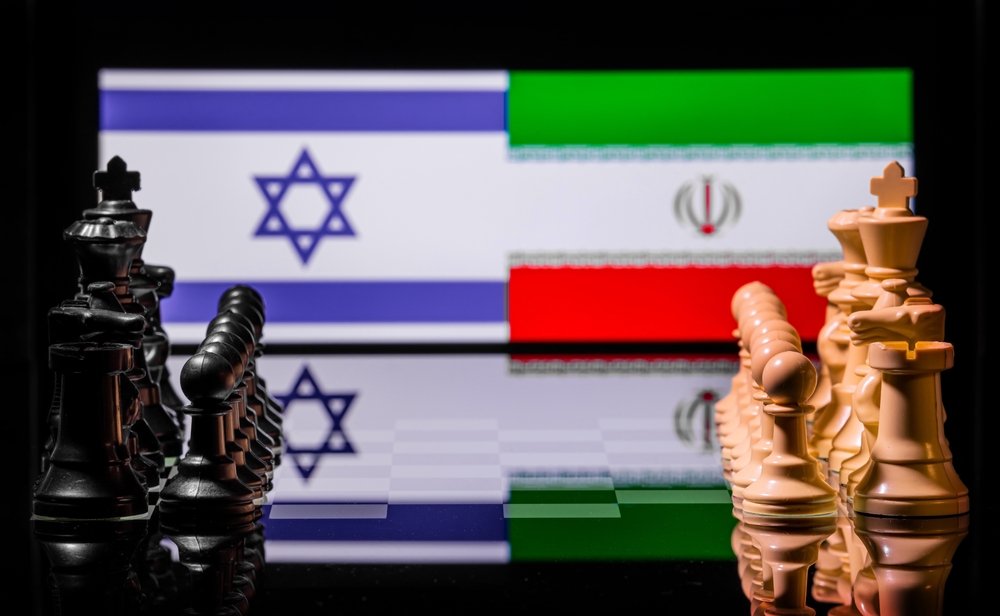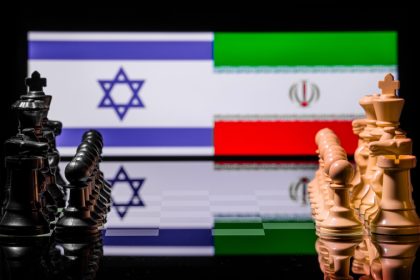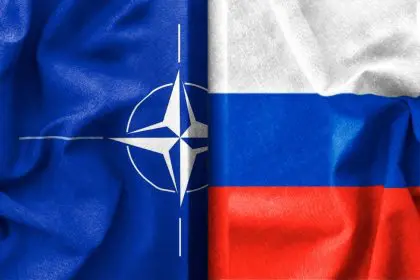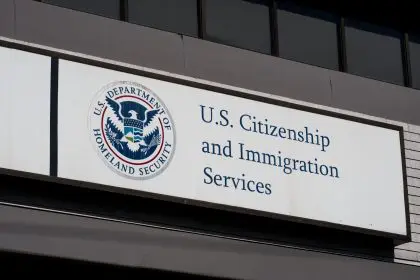Indirect U.S.-brokered negotiations aimed at halting the violence in Gaza have hit a major roadblock, with Hamas rejecting Israel’s proposal to maintain control over key areas in the southern Gaza Strip. The talks, held in Doha, Qatar, are part of a high-stakes push to implement a 60-day ceasefire and bring temporary relief to the war-weary region.
The proposal to keep 40% of Gaza, including parts of Rafah, under Israeli control has triggered sharp opposition from Hamas officials, threatening to derail the fragile diplomatic process.
Why the ceasefire talks are stalled
According to sources close to the negotiations, Israel has insisted on retaining a military presence in portions of Gaza for “security reasons” — particularly in areas it claims are vital for monitoring weapons smuggling and militant movements. Rafah, located along the Egypt-Gaza border, has been a flashpoint in the conflict and remains central to Israel’s demands.
The Israeli position reflects concerns about Hamas rearming during any ceasefire period and the need to prevent weapons trafficking through border crossings. Israeli officials argue that maintaining control over strategic areas is essential for ensuring the ceasefire holds and preventing future attacks.
However, this stance has created an impasse that negotiators are struggling to overcome.
Hamas calls proposal a nonstarter
Hamas, in turn, has called the proposal a nonstarter. The group argues that any deal allowing Israel to hold territory within Gaza amounts to an occupation by another name. Negotiators say the proposal undermines the spirit of a ceasefire and fails to offer Palestinians the sovereignty and dignity required for sustainable peace.
Hamas officials have indicated they view Israeli withdrawal from all Gaza territory as a fundamental prerequisite for any meaningful ceasefire agreement. The group’s rejection reflects broader Palestinian concerns about territorial integrity and self-determination.
This fundamental disagreement over territorial control has emerged as the primary obstacle to reaching a deal that seemed within reach just days ago.
Humanitarian stakes continue rising
With over 30,000 people reportedly killed since the war reignited last year, international pressure to stop the violence has intensified. Humanitarian agencies have warned that without an immediate ceasefire, Gaza could face one of the worst humanitarian crises in decades.
More than half of Gaza’s population has been displaced, and infrastructure has been decimated. Hospitals, schools, and residential areas have been severely damaged, creating desperate conditions for civilians caught in the conflict.
The U.S., Egypt, and Qatar have been shuttling between parties in an effort to reach consensus, but optimism is fading. White House officials have said they are still hopeful a deal can be struck in the coming days, though one senior diplomat told Reuters, “We are closer to collapse than to consensus.”
Competing demands from both sides
Israel’s position centers on maintaining strategic control over Rafah and nearby areas, securing the release of hostages held by Hamas, and limiting Hamas’s ability to rearm during the ceasefire period. Israeli officials argue these conditions are necessary for their security and for preventing the conflict from resuming.
Hamas’s demands include full Israeli withdrawal from Gaza, the release of Palestinian prisoners, unrestricted humanitarian access, and international guarantees that Israel won’t reenter Gaza territory. The group views these conditions as essential for Palestinian dignity and long-term stability.
The gap between these positions has proven difficult to bridge, despite intensive diplomatic efforts.
A temporary pause, not lasting peace
Observers note that even if a deal is reached, it will likely be short-term rather than a permanent solution. “This is not peace. This is a pause,” said Rami Khouri, a Middle East analyst. “Unless both sides commit to a broader political solution, we’re looking at a tactical time-out, not a resolution.”
Still, a temporary ceasefire could create space for medical aid, food deliveries, and the return of some displaced families. It might also give negotiators more time to lay the groundwork for a broader agreement later this year.
The humanitarian benefits of even a temporary ceasefire could be substantial for Gaza’s civilian population.
International pressure mounts
The stalled negotiations have prompted increased international involvement, with mediating countries working to find creative solutions to break the deadlock. Egypt has reportedly been exploring alternative frameworks that might address both sides’ core concerns.
The Biden administration faces pressure to deliver a breakthrough that could provide relief to Gaza civilians while addressing Israeli security concerns. The talks represent one of the most serious diplomatic efforts to end the fighting since it began.
What comes next
Talks are expected to continue through the weekend, with both sides under pressure to show flexibility. The U.S. has hinted at a possible public statement if negotiations fail, while Egypt is reportedly preparing a new framework to break the deadlock.
Negotiators are exploring whether creative arrangements around international monitoring or gradual transitions might satisfy both parties’ core demands while allowing progress toward a ceasefire.
The human cost of delay
For now, the people of Gaza remain in limbo — caught between war and diplomacy, waiting for leaders to act. Each day of continued fighting brings additional casualties and suffering, increasing the urgency for negotiators to find common ground.
The stalled talks highlight the complex challenges of achieving even temporary peace in a conflict with such deep-rooted disagreements over fundamental issues of territory, security, and sovereignty.
A critical juncture
The current negotiations represent a critical test of whether diplomatic pressure can overcome the fundamental disagreements that have perpetuated this conflict. The international community’s ability to broker a ceasefire could influence future peace efforts and regional stability.
Bottom line? Gaza ceasefire talks have stalled over Israel’s demand to maintain control of 40% of Gaza, which Hamas rejects as unacceptable occupation. Despite intensive international mediation, the fundamental disagreement over territorial control threatens to derail efforts to achieve even a temporary halt to the devastating conflict.













